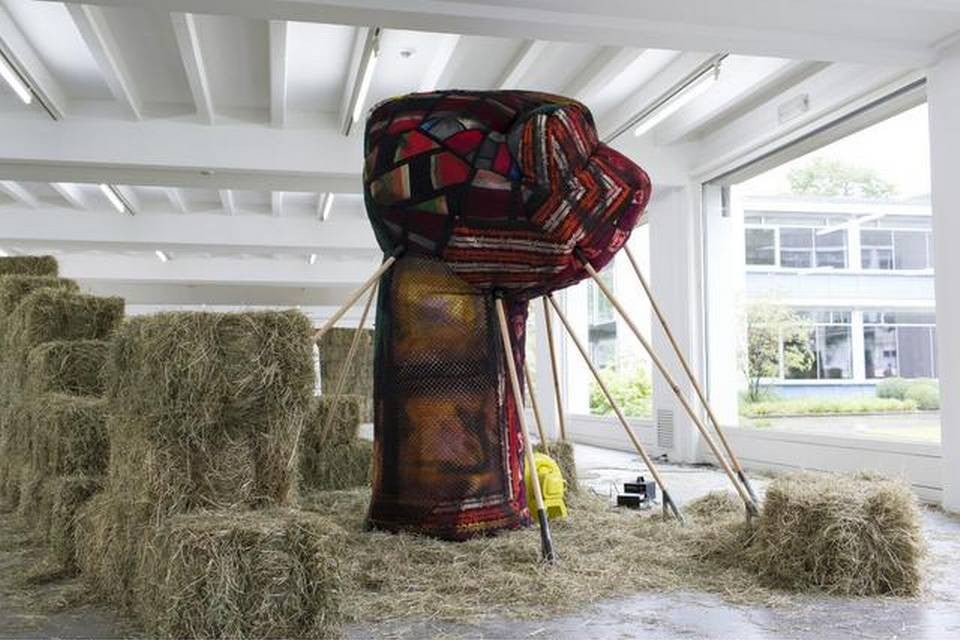
The Institute of Contemporary Art, Miami (ICA Miami), heir to the late Museum of Contemporary Art, North Miami, will open its doors December 3 with two solo exhibitions: “Pedro Reyes: Sanatorium” and “Andra Ursuta.” Both shows will be on view through March 2015.
As expected, the museum will be open just in time to welcome the international art world during its annual descent on the city for Art Basel in Miami Beach and its many satellite events (see “Art Basel in Miami Beach 2014 Boasts an Intimidating 267 Galleries“). Its new home, in the Miami Design District’s Moore Building, will be free to the public.
“Our inaugural program presents the work of two leading international artists—Pedro Reyes and Andra Ursuta—whose practice demonstrates ICA Miami’s commitment to innovation while engaging with the contemporary political, economic, and cultural landscape,” said deputy director and chief curator Alex Gartenfeld, who organized both shows.
The “Sanatorium” installation, which was first presented by New York’s Solomon R. Guggenheim Museum in 2011, is a performative art project in the form of a transient psychology clinic where “therapists” trained by the artist offer treatment to museum visitors. “Andra Ursuta,” a selection of new and recent work from the New-York based sculpture and installation artist, comes to ICA Miami from the Köelnischer Kunstverein in Cologne. Ursuta’s large-scale Soft Power 1 and 2 (2013) are quilted comforters transformed into massive inflated fists.
“With these expansive, richly layered, and visually compelling solo exhibitions by two of the leading artists in the art world internationally, we are highlighting our deep commitment to rigor, quality, and excellence in contemporary art,” said interim director Suzanne Weaver in a statement. “We are excited to provide…the opportunity to experience new work that is pushing boundaries, changing definitions, and challenging perceptions of art, society, and ourselves.”
As ICA Miami looks to the future, it is also working to resolve lingering issues with the city of North Miami, where it hopes to maintain a community arts center in the city-owned former MOCA North Miami facility (see “MOCA North Miami Closes in Controversy“).